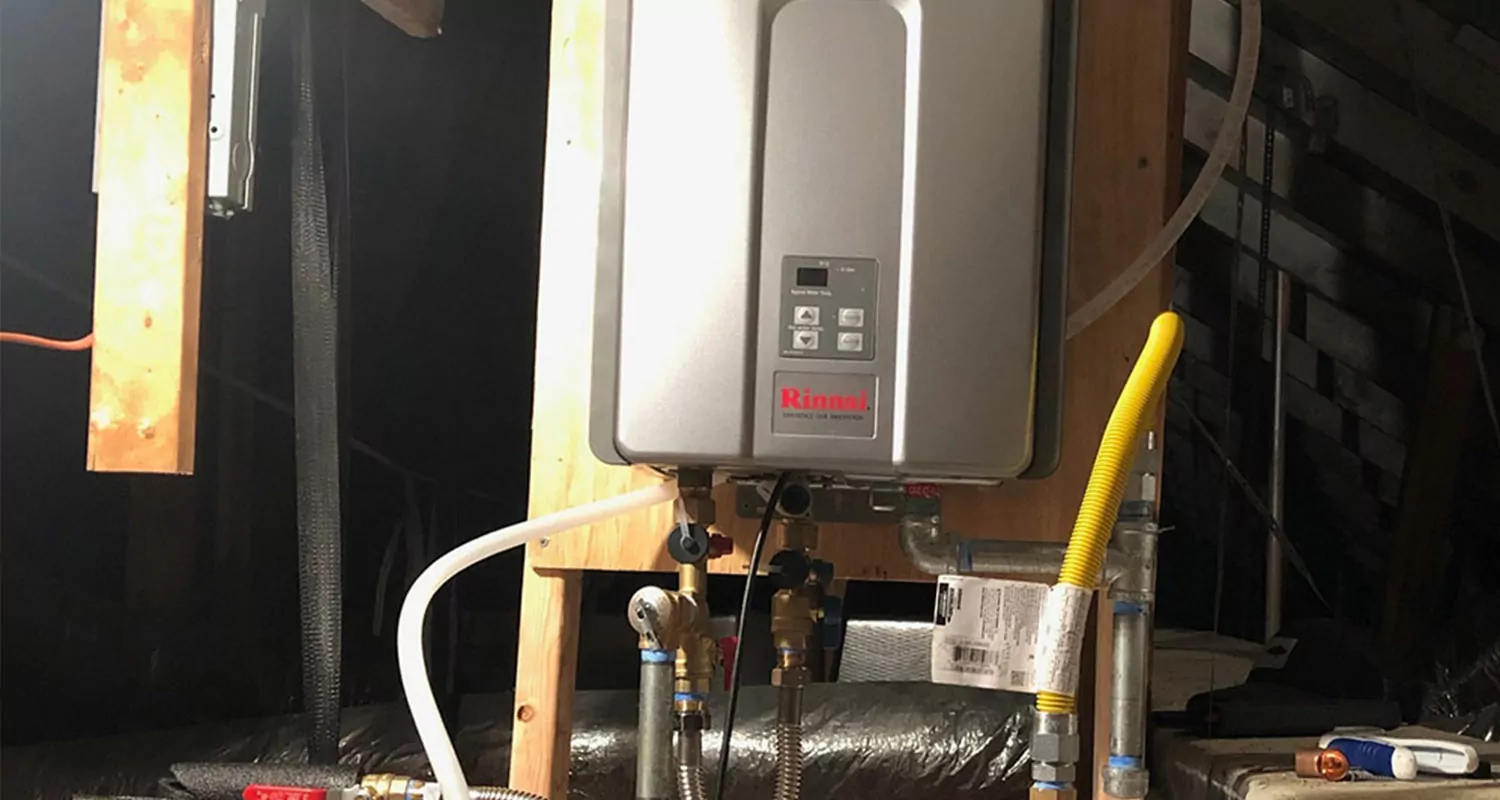Step-by-Step Guide to Maintaining Your Home's Hot Water SystemBest Practices for Maintaining Your Home's Hot Water System
Step-by-Step Guide to Maintaining Your Home's Hot Water SystemBest Practices for Maintaining Your Home's Hot Water System
Blog Article
Are you interested in facts and techniques about How to Maintain Your Water Heater & Prolong its Life?

Hot water is necessary for daily comfort, whether it's for a revitalizing shower or cleaning dishes. To guarantee your warm water system runs efficiently and lasts longer, routine upkeep is key. This short article supplies sensible tips and insights on exactly how to keep your home's warm water system to avoid disruptions and costly repair work.
Intro
Keeping your home's hot water system might seem complicated, yet with a couple of simple steps, you can ensure it operates smoothly for many years ahead. This overview covers every little thing from understanding your hot water system to do it yourself upkeep tips and knowing when to hire expert assistance.
Value of Keeping Your Warm Water System
Normal upkeep not just extends the lifespan of your hot water system but also ensures it operates efficiently. Overlooking maintenance can result in reduced effectiveness, higher energy expenses, and even premature failure of the system.
Signs Your Hot Water System Needs Maintenance
Knowing when your hot water system requires focus can protect against significant problems. Watch out for indications such as inconsistent water temperature, unusual noises from the heater, or rusty water.
Purging the Hot Water Heater
Purging your hot water heater eliminates sediment buildup, improving efficiency and lengthening its life.
Monitoring and Replacing Anode Rods
Anode rods prevent deterioration inside the container. Checking and changing them when worn is essential.
Complicated Concerns Needing Expert Aid
Examples include significant leakages, electrical problems, or if your hot water heater is continually underperforming.
Regular Expert Maintenance Conveniences
Expert maintenance can consist of detailed assessments, tune-ups, and guaranteeing compliance with safety and security requirements.
Evaluating and Changing Temperature Setups
Changing the temperature setups guarantees optimal efficiency and security.
Do It Yourself Tips for Upkeep
You can carry out numerous maintenance tasks on your own to keep your warm water system in top condition.
Checking for Leakages
Frequently inspect pipelines and connections for leakages, as these can result in water damages and higher costs.
Comprehending Your Hot Water System
Prior to diving into upkeep jobs, it's practical to comprehend the standard elements of your warm water system. Usually, this consists of the water heater itself, pipelines, anode rods, and temperature level controls.
Regular Monthly Upkeep Tasks
Routine month-to-month checks can assist capture minor concerns before they intensify.
Testing Stress Alleviation Valves
Evaluating the stress safety valve ensures it operates correctly and stops excessive stress build-up.
Protecting Pipelines
Insulating hot water pipelines reduces warm loss and can conserve energy.
When to Call a Specialist
While DIY maintenance is valuable, some issues need specialist proficiency.
Verdict
Normal maintenance of your home's warm water system is crucial for efficiency, durability, and price savings. By complying with these pointers and knowing when to seek expert aid, you can ensure a reputable supply of warm water without unexpected disruptions.
How to Maintain an Instant Hot Water Heater
Before tinkering with your hot water heater, make sure that it’s not powered on. You also have to turn off the main circuit breaker and shut off the main gas line to prevent accidents. Also turn off the water valves connected to your unit to prevent water from flowing into and out of the appliance. 2. When you’re done, you have to detach the purge valves’ caps. These look like the letter “T” and are situated on either side of the water valves. Doing so will release any pressure that has accumulated inside the valves while at the same time avoid hot water from shooting out and burning your skin. 3. When the purge valves’ caps are removed, you have to connect your hosing lines to the valves. Your unit should have come with three hoses but if it didn’t, you can purchase these things from any hardware or home repair shops. You can also get them from retail stores that sell water heating systems. Read the user’s manual and follow it to complete this task properly. When the hosing lines are connected, open the purge port’s valves. 4. You should never use harsh chemical cleaners or solutions when cleaning your unit. Make use of white vinegar instead. It should be undiluted and you’ll probably use about 2 gallons. 5. Now flush your water heater. This task should probably take about 40 minutes. We can’t give you specific directions for this because the procedure is carried out depending on the type, model and brand of your heater. With that being said, refer to the user’s manual. 6. When you’re done draining the unit, you have to turn off the purge port valves again. Remove the hosing lines that you earlier installed on each of the water valves. Put the valve caps (purge port) back in their respective places and be very careful so as not to damage the rubber discs that are found inside these caps. 7. Now that everything’s back in place, check your user’s manual again to find out how to reactivate your water heating system. 8. Once it is working, turn one of your hot water faucets on just to let air pass through the heater’s water supply pipes. Leave the tap on until water flows smoothly out of it. https://www.orrplumbing.com/blog/2014/september/how-to-maintain-an-instant-hot-water-heater/

Hopefully you enjoyed our post about Water Heater Maintenance Tips You Can't Afford to Forget. Thanks a ton for finding the time to read our blog. Remember to take the opportunity to share this entry if you liked it. Bless you for being here. Revisit us soon.
Click Here Report this page